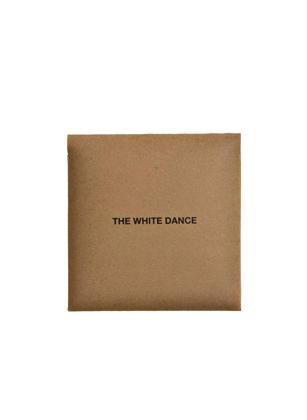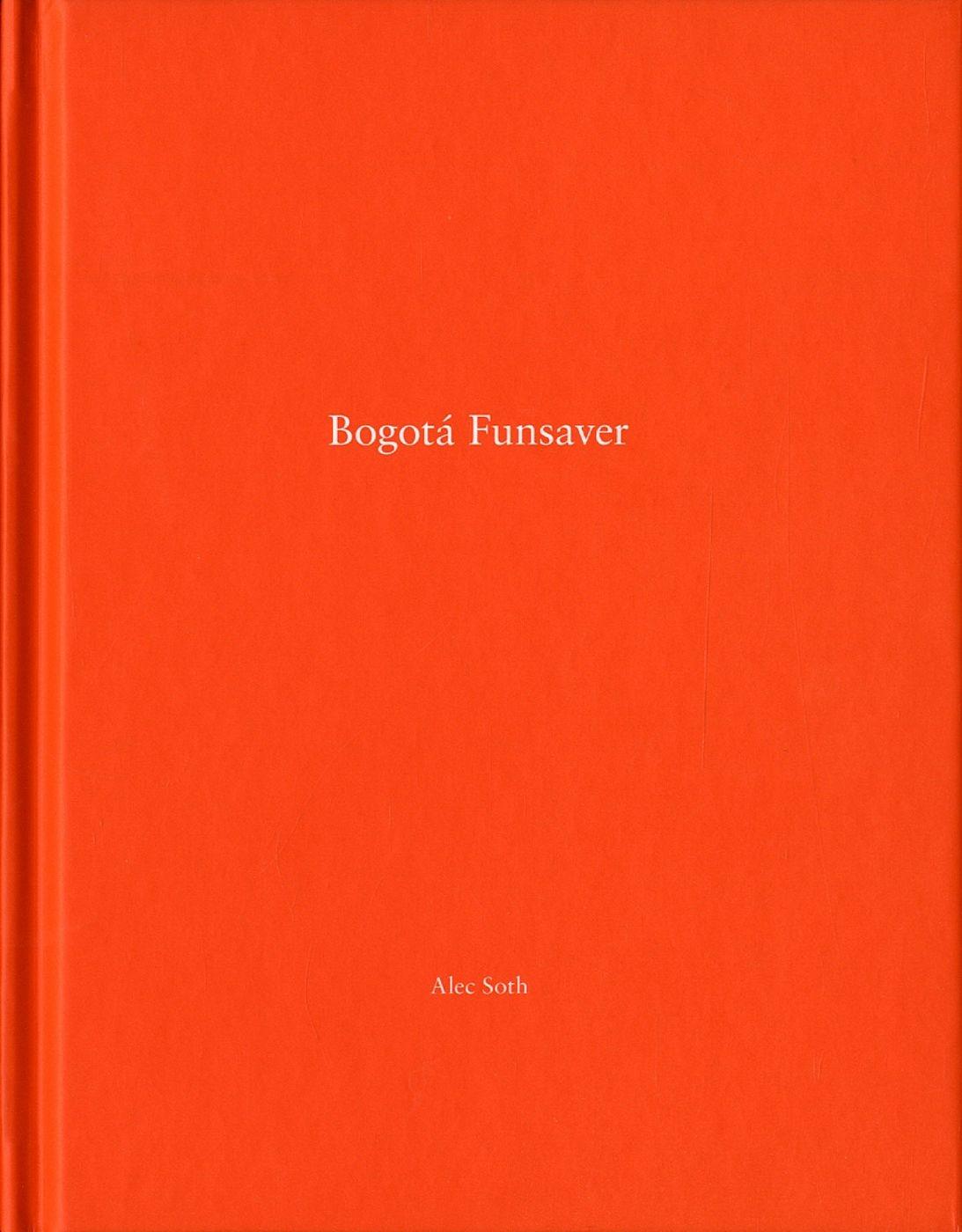The White Dance

Since the fall of the Iron Curtain in the early nineties and the collapse in the economy of the former Soviet Union, there has been an alarming increase in sex trafficking in and from Central and Eastern European Countries (CEEC) and in the New Independent States (NIS). Today in the US State Department TIP report, Belarus is defined as a country where the absolute number of victims of forced prostitution and severe forms of trafficking is very significant or is significantly increasing. About 1/3 of the Belarus population lives below the official poverty line, with the proportion of people living in poverty in some rural areas reaching 45%. More than 60 percent of Belarus unemployed are women; more than 40 percent are young people between the ages of 15 and 25. The lack of true economic opportunity renders the population vulnerable to sexual exploitation, particularly among women aged 15-25 living in border areas. Belarus is primarily classified by IOM as a source and transit country for prostitution to Western Europe, Turkey and the United Arab Emirates, but recently it has become a destination point too. The victims mainly come from Caucasian countries and Eastern Europes poorest countries such as Moldova, Romania, Ukraine and Bulgaria. Because of its strategic position between the EU and Russia, Belarus is classified as one of the hot-spots for the sex trade. As a result, over the last five years, the number of prostitution crimes have more than tripled in Belarus. The White Dance is the Russian expression used when a woman invites a man to dance. These portraits, originally accompanied by interviews, are about prostitutes working or forced to work in Gomel, the second largest town in Belarus. They have been portrayed in rooms of a big hotel in Sovietskaja Street, one of the most important places for the sex trade in Gomel. Their stories tend to end in much the same way: because of their financial situation, none of them have found an alternative to the prostitution racket into which they were forced. During my stay in Belarus over the year 2007 and 2008, all these women have been addressed to NGOs and local shelters for victims of treat.
Out of stock
Out of stock

